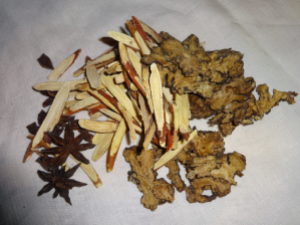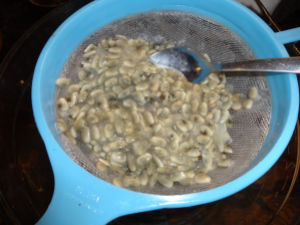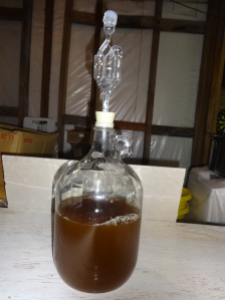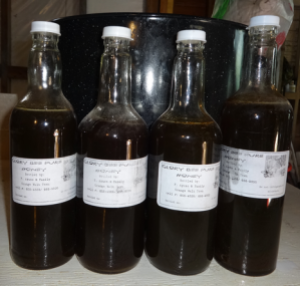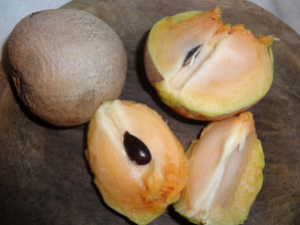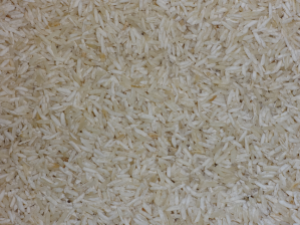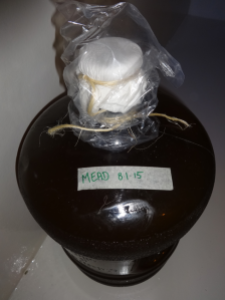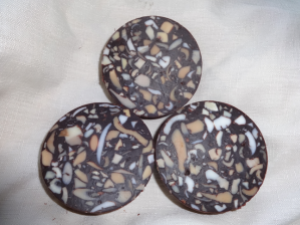 It was so hot today!! What a change from the rains…now we are starting to worry about our water situation because we still do not have a well-pump. Gnome says we are on Red Alert which means that we have to use water judicially and some frog spawn will be have sacrificed as we use up our collection of buckets.
It was so hot today!! What a change from the rains…now we are starting to worry about our water situation because we still do not have a well-pump. Gnome says we are on Red Alert which means that we have to use water judicially and some frog spawn will be have sacrificed as we use up our collection of buckets.
Anyway, I am onto the Beef Jerky and Chilli Mead (having guzzled down all the Resurrection Metheglin, which I found most profoundly enlightening). If you will recall, we decided to make a mead out of beef jerky (ended up being black pepper beef jerky) because there is a traditional ale recipe made with rooster (cock). If you don’t remember that, perhaps you might remember Gnome’s cock jokes which everyone politely ignored! Let us don our evening wear to do the tasting:
 I have shortened the name of this mead to “BJ” for Beef Jerky (I have to spell it out because Gnome thought it was something else). Munchkins have a clean mind!!
I have shortened the name of this mead to “BJ” for Beef Jerky (I have to spell it out because Gnome thought it was something else). Munchkins have a clean mind!!
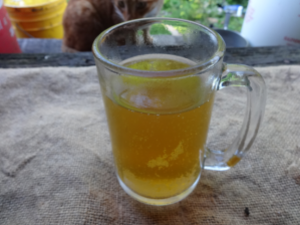
Colour is light amber with some cloudiness. No head but ample small bubbles can be seen.
Smells very mildly of home-made beef soup with a background of spiciness.
The beef jerky lends a very well-rounded taste like a good soup that has had time to cook and absorb flavours. There is a mild hot after taste from the chilli and black pepper (if you ask me…I would like more chilli with the next batch).
Excellent. Totally love the heat and soupiness of this mead. Definitely a favourite!!
By the way, Gnome does not drink because he has “Yang in his liver” which gets him all heaty . Every time he even has one drink, he gets pimples and piles (poor Gnome). I have to balance the “fire” with really simple cooling foods like rice, tofu and cucumbers (which he dislikes). So he said that he would rather give up drinking than eat boring food like that!



